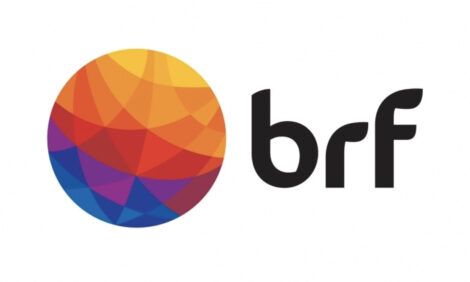



Beak Trimming to be Banned by 2018
NETHERLANDS - Beak trimming will be banned from 1 September 2018. What does this mean for the poultry industry?Wageningen UR has been involved in the development of simple yet reliable protocols allowing farmers and advisors to monitor the effects of not beak trimming. First indications appear positive.
Beak trimming is commonly applied, except for organic layer flocks. But the number of flocks of laying hens and broiler breeders not trimming beaks is increasing gradually as farmers prepare for the law change in 2018 but also to anticipate switches in market demand.
"One of our aims in this research was to support farmers to cope with a future ban on mutilations", researcher Ingrid de Jong explains. "Some farmers have started to leave beaks intact in their flocks on a voluntary basis."
Developed Monitoring Protocols
Alongside monitoring of intact flocks (broiler breeders and laying hens) and performance testing, the researchers have also developed monitoring protocols that can be applied on a large scale in practice.
"This has been aimed at the analysis of risk factors and performance and the effects of not trimming", adds Ms De Jong. "Work with turkeys still has to be initiated to identify management measures that can prevent injurious pecking behaviour."
Initial Results
Initial results from the monitoring, have been positive. There have been no problems with injurious pecking, so far, in the broiler breeder and laying hen flocks monitored by researchers. "We have had no indications of problems in rearing with six additional laying hen flocks", reports Ms De Jong. Not trimming even improved the technical results in female broiler breeders: better flock uniformity and lower mortality.
Ms De Jong adds that there were no (substantial) negative effects on behaviour, feather condition and other technical results i.e. egg production and fertility. Researchers did see a difference in pecking behaviour in female broiler breeders: more object pecking in beak trimmed birds, more aggressive pecking in non-trimmed birds, but the latter did not result in more feather damage or injuries.
Usability
The monitoring protocol is an application intended for large scale farms. It can be performed by non-researchers, in a reasonable time span with a reliable result. These protocols address similar aspects: general information, technical performance, management, behaviour, feather scoring and wounding. "The details are sector specific."
Ms De Jong indicates that the monitoring will start in the broiler breeder sector. "Together with the poultry sector we intend to develop an app for smartphone and tablet and a link to a sector database with general farm information."









